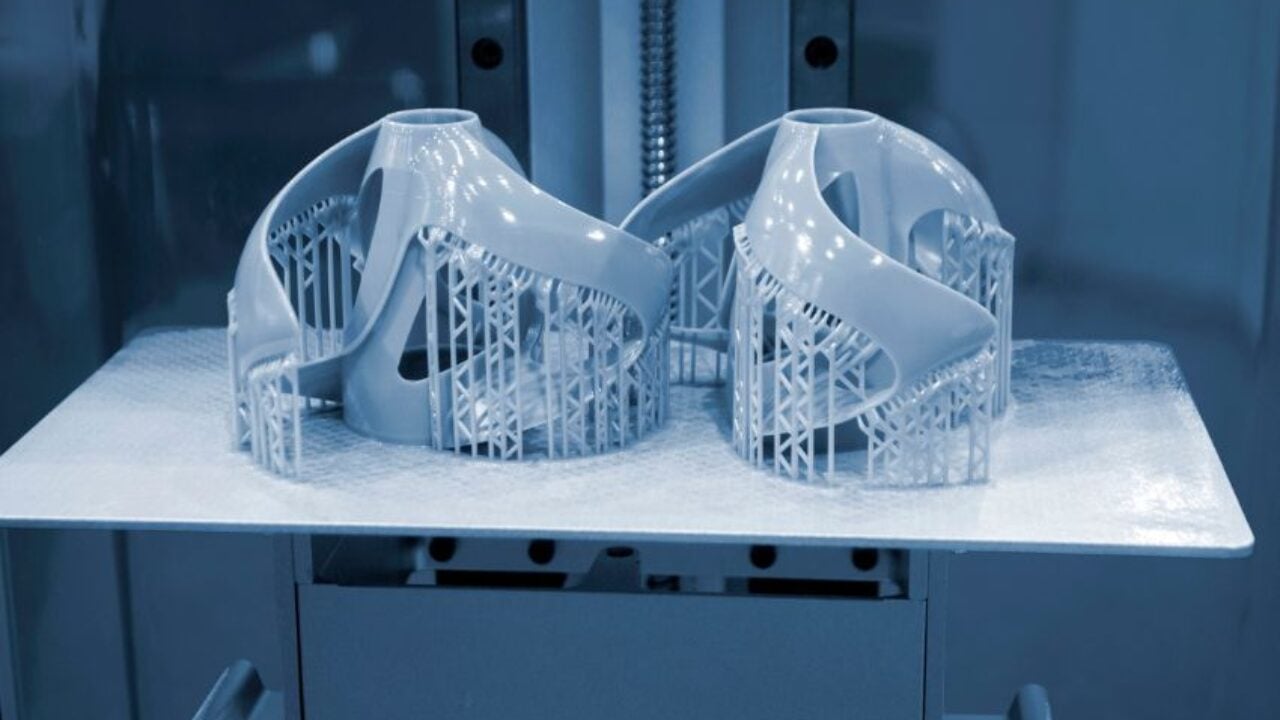The rapid growth of 3D printing technology transforms multiple industries while enabling novel prospects across consumer markets together with business opportunities and innovation development. A technology transformation through 3D printing shapes how people materialize their mental designs across diverse organizations from business model prototyping to architectural drafting firms within the United Arab Emirates.
The Increasing Influence of 3D Printing in Contemporary Manufacturing
Since its early role as a prototyping tool 3D printing technologies have undergone substantial advancements. These days, this technology is a crucial component of contemporary production procedures. The capacity to produce intricate internal structures and geometric designs that were previously unattainable through manufacturing has expanded the possibilities for product development. Better end products can result from engineers and designers being able to test several iterations of their designs in a timely and economical manner.
Encouraging Architecture With 3D Printing
3D printing technology has brought about a major revolution in the architecture and construction sector. For architects and designers, scale model printing has become a vital tool in places like the United Arab Emirates, where creative construction techniques are highly regarded. Before construction starts, clients may better visualize projects and make well-informed decisions thanks to these comprehensive models. The time and expense associated with traditional model-making techniques have been greatly reduced as architects can now quickly transform complex 3D architectural plans into physical models.
Advantages for the Environment and Sustainable Manufacturing
The role that 3D printing plays in sustainable production is among its most intriguing innovations. Compared to conventional production techniques, the technology generates less waste because it only employs the precise amount of material required for each project. The method is becoming increasingly more ecologically friendly as a result of the development of numerous new printing materials made from biodegradable ingredients and recycled plastics.
Improved Materials and Printing Features
The materials that can be used for 3D printing have significantly increased in variety. These new materials are making it possible to create more durable and useful items, from high-strength composites that rival metal to flexible materials that resemble rubber. Scale model printing UAE has profited greatly from this development in the United Arab Emirates and other areas where precise texture and material depiction are essential for architectural presentations.
Utilizing Digital Design Tools
Web-based design tools that integrate perfectly with contemporary 3D printing technology simplify the product development process while enabling architects to quickly move from digital models to real prototypes. Rapid design validation occurs through printing models to support architects throughout their design process.
Increased Efficiency and Speed
Recent developments in 3D printing technology have increased efficiency and resulted in noticeably higher printing speeds. Production times have been shortened without sacrificing quality thanks to improved software algorithms and new printing techniques. Because of this advancement, 3D printing is now more practical for larger-scale production runs rather than merely prototypes.
Individualization and Tailoring
One of the most alluring aspects of 3D printing is still the ease with which things can be personalized and customized. In the UAE’s scale model printing market, where customers frequently need distinctive architectural models with specialized adjustments, this capacity has proven especially popular. Because the method enables rapid design modifications without the need for new tools or molds, customization is both economical and time-efficient.
Advanced Methods of Post-Processing
Advanced post-processing techniques have greatly enhanced the final quality of 3D-printed products. Professional-grade products that compete with traditionally manufactured goods are now achievable because of new techniques for smoothing, coloring, and finishing printed materials. Those who create architectural models and need superior finishes for their presentation pieces have benefited greatly from this development.
Remote Printing and Electronic Production
Access to 3D printing technology is now easier than ever thanks to the growth of remote printing services. With the ability to communicate their 3D architectural plans to printing facilities worldwide, designers can now produce prototypes and finished goods more quickly. For multinational architectural projects where physical models must be created in many places, this has proven very helpful.
Cost Savings and Economic Gains
As 3D printing technology advances, printer and material costs keep falling, making it more affordable for individuals and small enterprises. Architects may now maintain their printing facilities instead of outsourcing model manufacturing, which has proved especially advantageous for scale model printing in the United Arab Emirates.
Outlook for the Future
3D printing appears to have a bright future because of ongoing advancements in output quality, material selection, and printing speed. In a variety of industries, from small-scale model building to large-scale production, the technology is anticipated to become even more important. The combination of machine learning and artificial intelligence will probably improve 3D printing systems’ intelligence and efficiency.
The Effect on Conventional Manufacturing
Traditional manufacturing techniques are still being used, but 3D printing is usefully enhancing them. The technique provides alternatives for bespoke products, limited production runs, and intricate patterns that would be hard or impractical to fabricate with traditional methods. Many sectors have adopted a hybrid strategy as a result, combining traditional and 3D printing techniques to attain the best results.
Training and Education Uses
Due to its accessibility, 3D printing has become a very useful tool for teaching and education, especially in disciplines like engineering and architecture. By using physical models of their work, students can now rapidly realize their 3D architecture design projects. This practical experience is crucial for grasping intricate design concepts and honing practical abilities.
Conclusion
From worldwide industrial operations to scale model printing in the United Arab Emirates, the development of 3D printing continues to influence several industries. Applications for the technology keep growing as it becomes more advanced, effective, and widely available. Better materials, quicker printing times, and increased design capabilities have all combined to make 3D printing a vital tool for contemporary manufacturing and design processes. Due to its speed enhancement in production while promoting customization while reducing waste activities scientists believe its importance will continue rising over upcoming periods. 3D printing represents human creativity which could reshape future product design and manufacturing processes.




